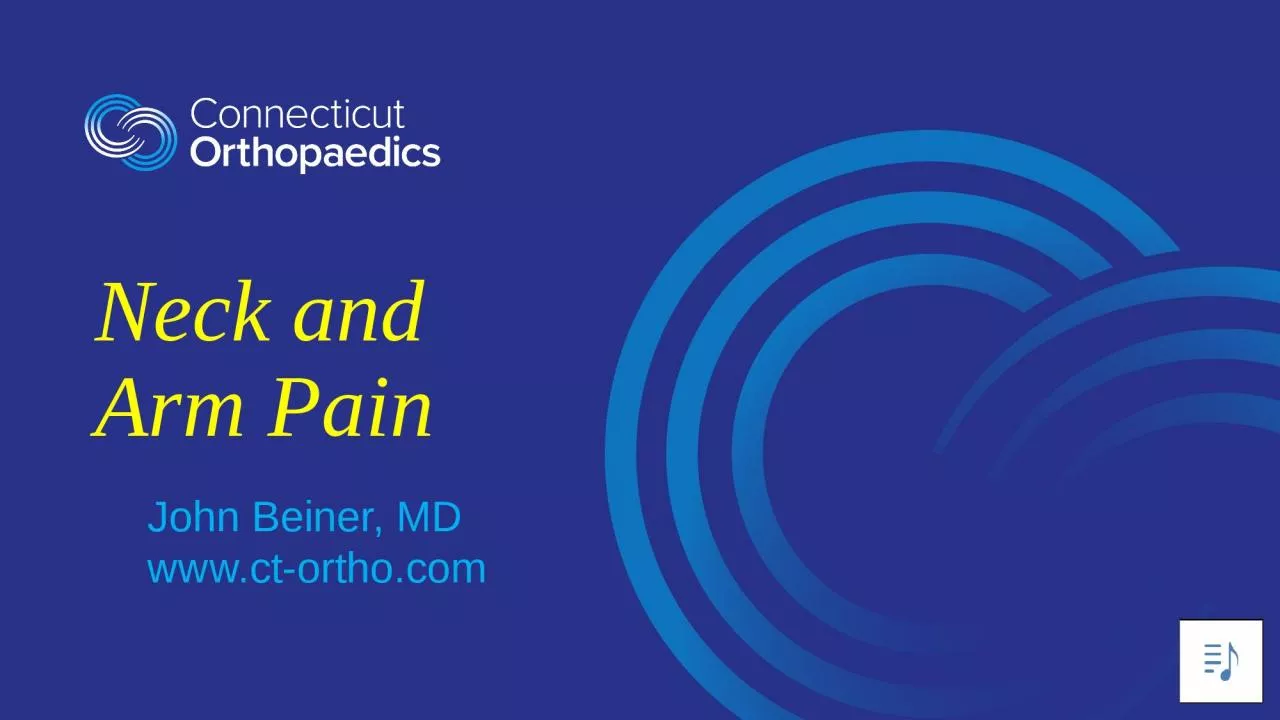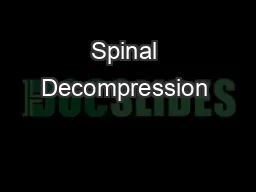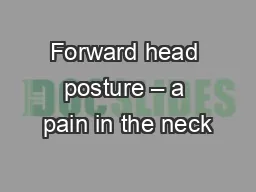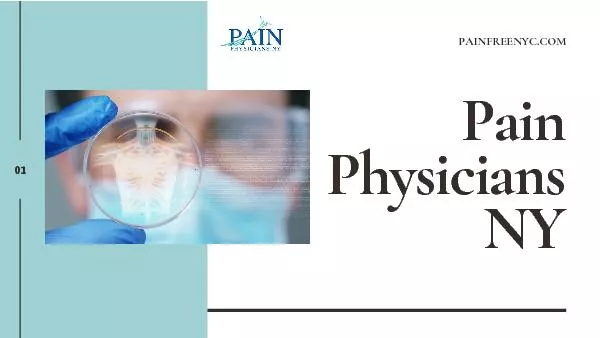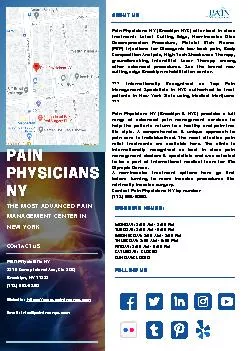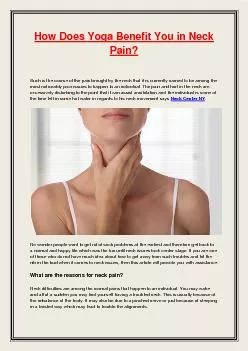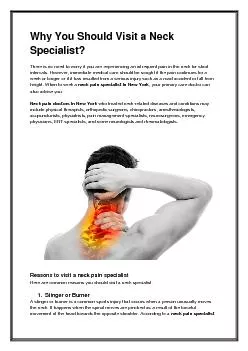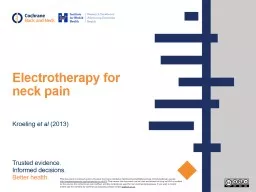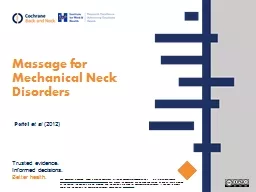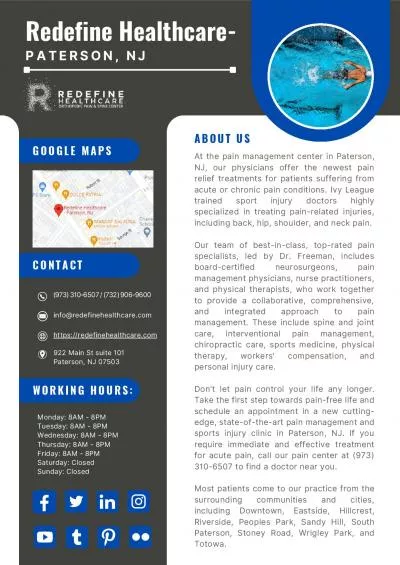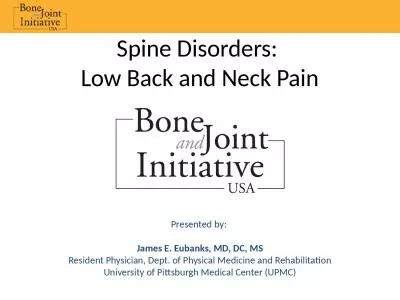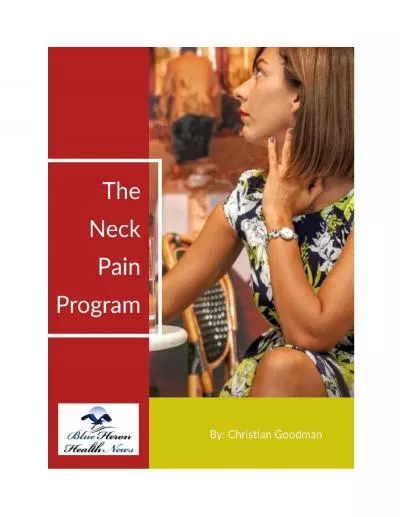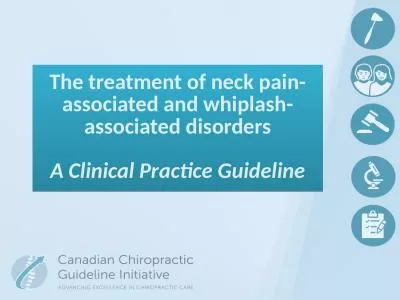PPT-Neck and Arm Pain John Beiner
Author : bitsy | Published Date : 2023-07-14
MD wwwctorthocom Outline Anatomy what makes up the spine Common problems Sprainsstrains Disc herniations Arthritis Spinal cord problems Cross section Soft tissues
Presentation Embed Code
Download Presentation
Download Presentation The PPT/PDF document "Neck and Arm Pain John Beiner" is the property of its rightful owner. Permission is granted to download and print the materials on this website for personal, non-commercial use only, and to display it on your personal computer provided you do not modify the materials and that you retain all copyright notices contained in the materials. By downloading content from our website, you accept the terms of this agreement.
Neck and Arm Pain John Beiner: Transcript
Download Rules Of Document
"Neck and Arm Pain John Beiner"The content belongs to its owner. You may download and print it for personal use, without modification, and keep all copyright notices. By downloading, you agree to these terms.
Related Documents

